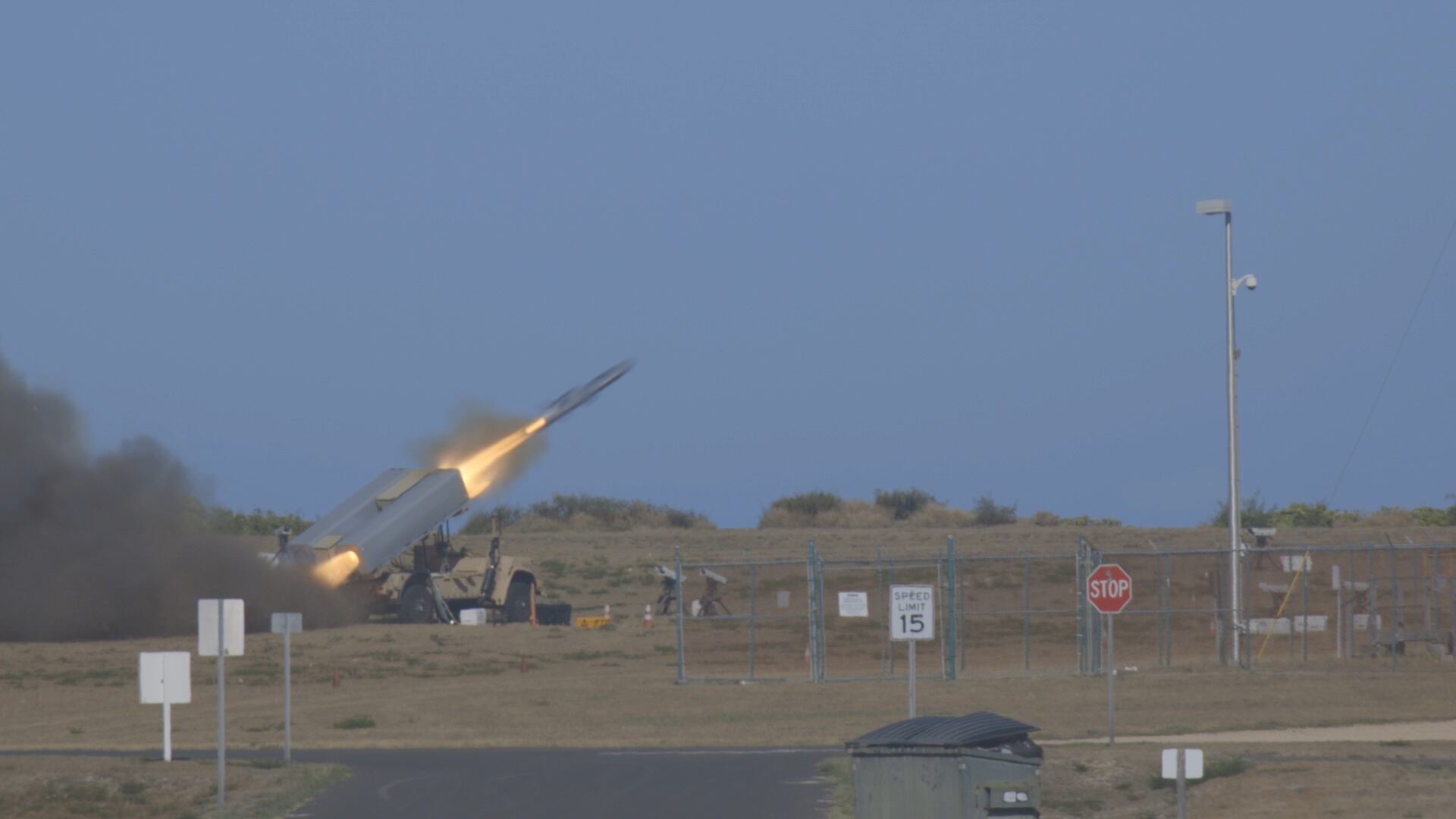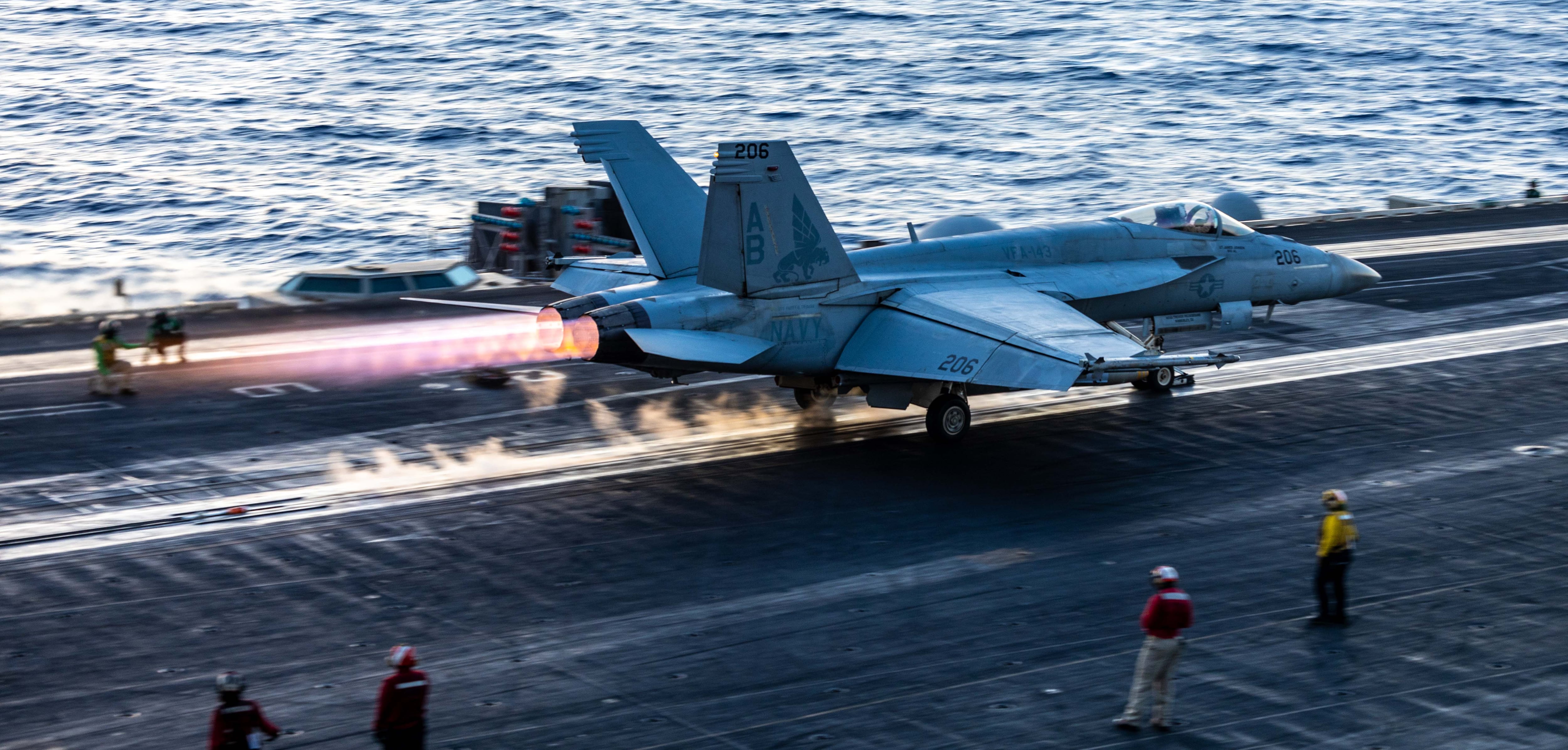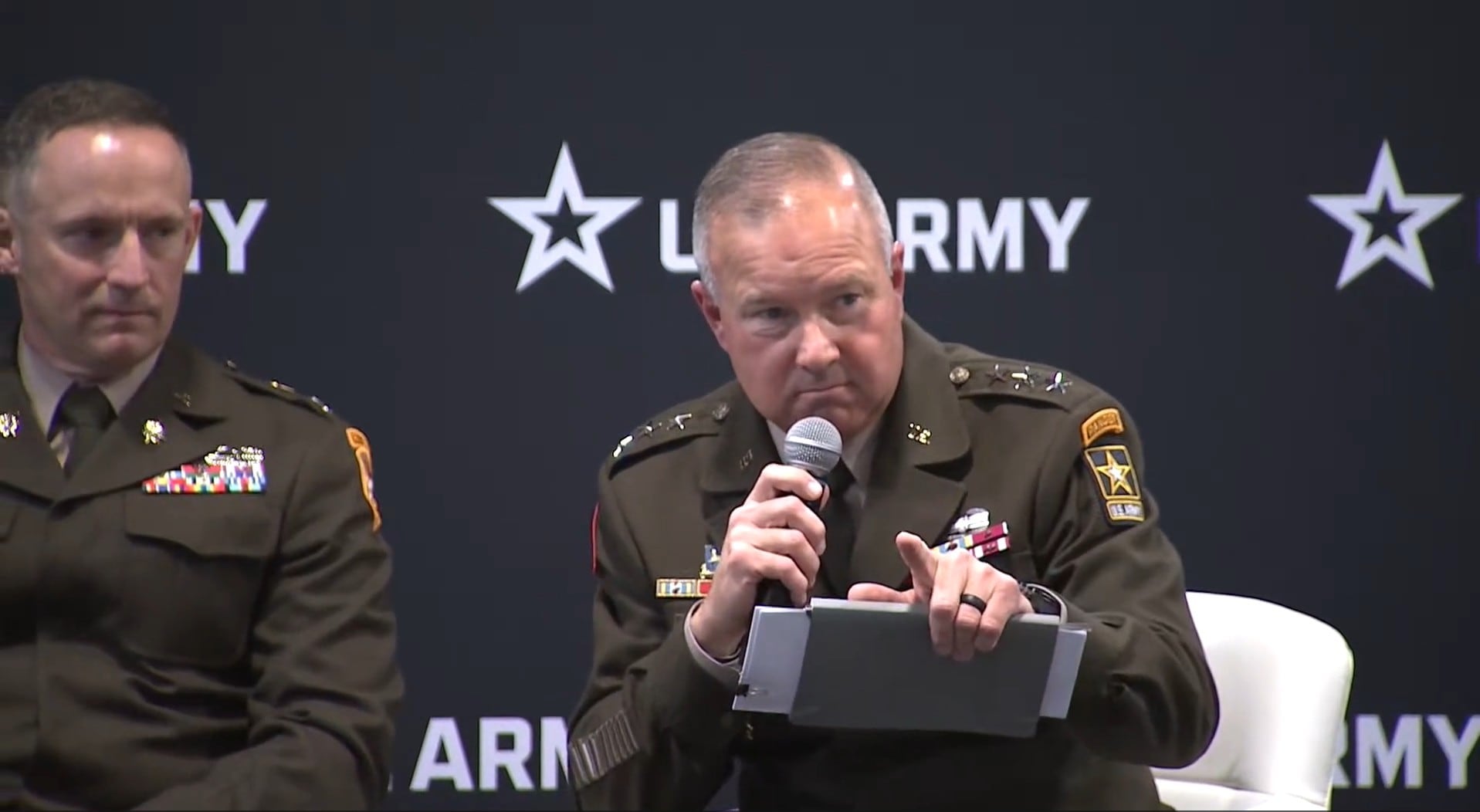At the end of 2021 the Marine Corps added a second High Mobility Artillery Rocket Systems, or HIMARS, battery to the Okinawa, Japan, based 3rd Battalion, 12th Marines ― doubling the number of Marine rockets deployed in Asia.
The Corps is planning to increase the number of active duty rocket batteries it fields as it hopes to modernize for a potential future conflict with a near-peer threat like China.
The Corps confirmed that in 2021 it added two HIMARS batteries to the active duty force, one in Japan and one with the Camp Lejeune, North Carolina, based 1st Battalion, 10th Marines.
Despite the two additions, the Corps has yet to transition any active duty battery away from using the M777 tube artillery piece, as called for as part of Force Design 2030.
RELATED

The Okinawa, Japan, based 3rd Battalion, 12th Marines, is unique among the Corps because it does not have any native firing batteries.
Instead, it is filled by two tube artillery batteries and now two HIMARS batteries rotating to Japan for six-month periods as part of the Unit Deployment Program, Maj. Kurt Stahl, a spokesman for the 3rd Marine Division, told Marine Corps Times in an email.
One HIMARS battery slot is currently filled by the active duty Battery T, 5th Battalion, 11th Marines, normally based out of Camp Pendleton, California, Stahl said.
The second HIMARS battery slot is comprised of the Marine Reserve Battery D, 2nd Battalion, 14th Marines out of El Paso, Texas, Stahl said.
Battery D has been a part of a HIMARS battalion since 2006, while 5th Battalion, 11th Marines, transitioned to HIMARS in 2008.
The East Coast HIMARS addition was a reactivated battery from 5th Battalion, 10th Marines.
Ultimately the Corps wants to arm the HIMARS or other newly developed rocket systems with missiles capable of sinking ships.
The rockets will help form a picket line in the littorals of any future fight with the goal of keeping sea lanes clear for the U.S. Navy and possibly keeping any opponent Navy pinned up in their home ports during the conflict.
Marine Corps Commandant Gen. David Berger, as part of Force Design 2030, originally called for an 300% increase in missile batteries and for the Corps reduce its number of M777 batteries from 21 to just five.
Unlike other moves made by the Corps, the transition will take place slowly over the next eight years. And the exact ration of rocket to tube artillery batteries and the exact rocket system used will be determined by the experimentation currently taking place, Maj. Joshua Benson, a spokesman for Marine Corps Combat Development and Integration, told Marine Corps Times in an email.
The Marine Corps is experimenting with the unmanned Navy-Marine expeditionary ship interdiction system, or NMESIS.
The systems sees a Raytheon built naval strike missile carrying a 500-pound warhead strapped to the back of a remotely operated joint light tactical vehicle.
A 2021 test saw the Marine Corps use the system to fire the missile more than 100 nautical miles against the former guided missile frigate Ingraham off the coast of the Hawaiian island of Kaua’i at the Pacific Missile Range Facility.
As more and more experiments happen, the Corps does not plan on transitioning any M777 batteries to HIMARS batteries in 2022, Benson told Marine Corps Times.










